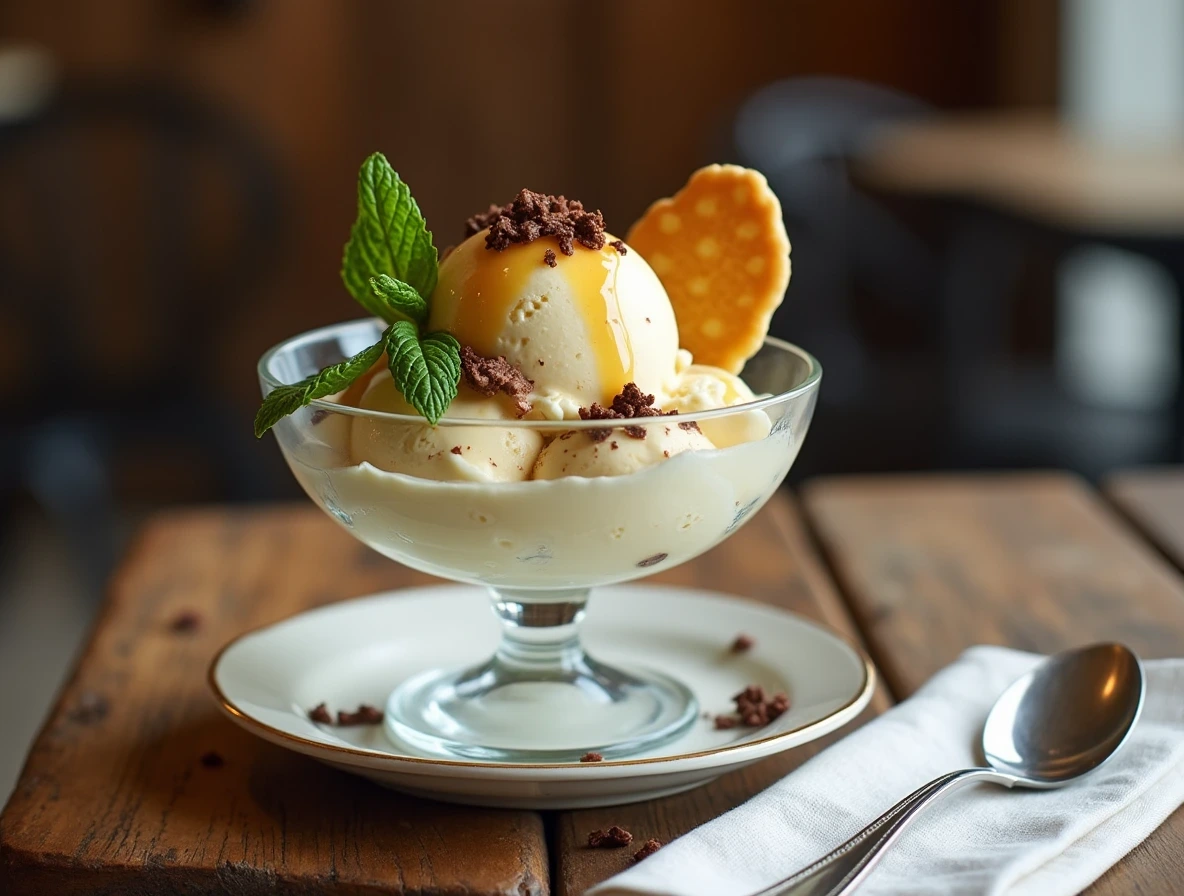🍦 10 Best Venetian Ice Cream Flavors You Must Try!
Table of Contents
Table of Contents
Have you ever wondered why Venetian ice cream commands a premium price that’s 40% higher than mass-produced alternatives? The answer lies in its 500-year heritage and meticulous craftsmanship. While Italy is celebrated for its gelato, Venetian ice cream represents a distinctive culinary tradition from the Veneto region – one that combines precise techniques with exceptional local ingredients. With its notably lower air content (20-30% compared to commercial brands’ 50%), Venetian ice cream delivers a significantly denser texture and more concentrated flavors that create an unparalleled tasting experience. Despite its remarkable qualities, this regional specialty remains largely undiscovered outside Italy. Join us as we explore the 10 most extraordinary Venetian ice cream flavors that demonstrate why connoisseurs consider this frozen delicacy worthy of international recognition.
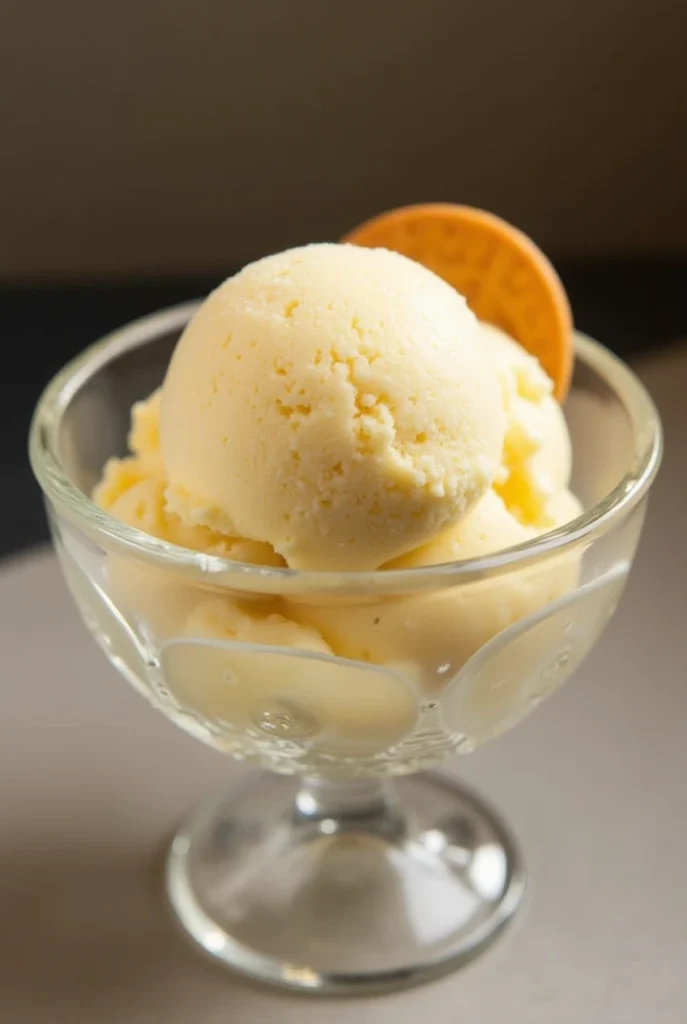
The Top 10 Venetian Ice Cream Flavors
1. Crema Veneziana (Venetian Cream)
What Makes It Special: A delicate vanilla base infused with fragrant lemon zest and a hint of grappa.
Crema Veneziana stands as the quintessential Venetian ice cream flavor. While it may appear similar to standard vanilla at first glance, the addition of fresh lemon zest and a subtle splash of grappa (a grape-based pomace brandy from the Veneto region) creates a sophisticated flavor profile that perfectly represents Venice’s elegant culinary approach. The creamy texture highlights the superior quality of ingredients used in authentic Venetian preparations.
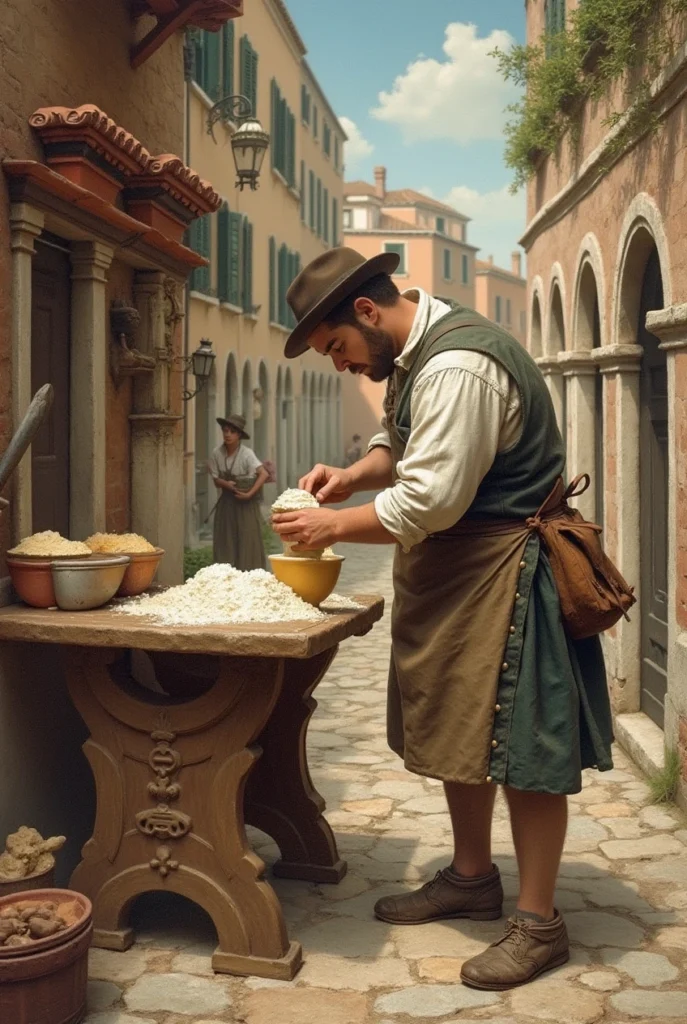
2. Pistacchio di Bronte (Bronte Pistachio)
What Makes It Special: Made exclusively with protected Bronte pistachios from Sicily.
What elevates Venetian ice cream versions of pistachio is the exclusive use of prized Bronte pistachios, which are smaller, more intensely flavored, and have a distinctive emerald green color. Venetian artisans toast these pistachios lightly before grinding them into a fine paste that’s incorporated into the cream base, creating a nutty, complex flavor that’s impossible to replicate with ordinary pistachios or artificial flavorings.
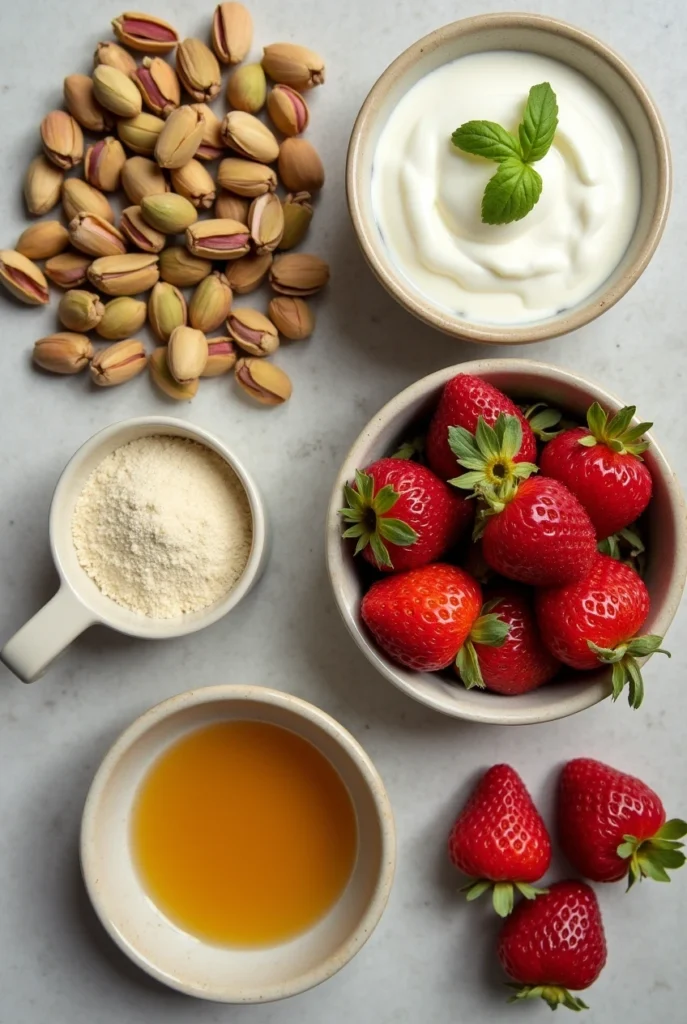
3. Fragoline di Bosco (Wild Strawberries)
What Makes It Special: Features tiny, aromatic wild strawberries harvested from mountain regions.
This flavor captures the essence of fragile di bosco—tiny wild strawberries with concentrated flavor that grow in the mountainous regions near Venice. Unlike commercial strawberry ice cream, this Venetian variety contains visible pieces of miniature berries throughout, providing bursts of intense flavor that contrast beautifully with the creamy base. The natural sweetness requires minimal added sugar, creating a more authentic fruit experience.
4. Tiramisù Veneziano
What Makes It Special: Incorporates all elements of the classic Venetian dessert, including mascarpone and coffee-soaked savoiardi biscuits.
This innovative flavor transforms Venice’s famous tiramisù dessert into ice cream form. The mascarpone-based cream is delicately flavored with espresso and marsala wine, while pieces of coffee-soaked savoiardi biscuits are folded throughout. A light dusting of cocoa powder creates the perfect finish to this flavor that represents Venetian culinary creativity at its finest.
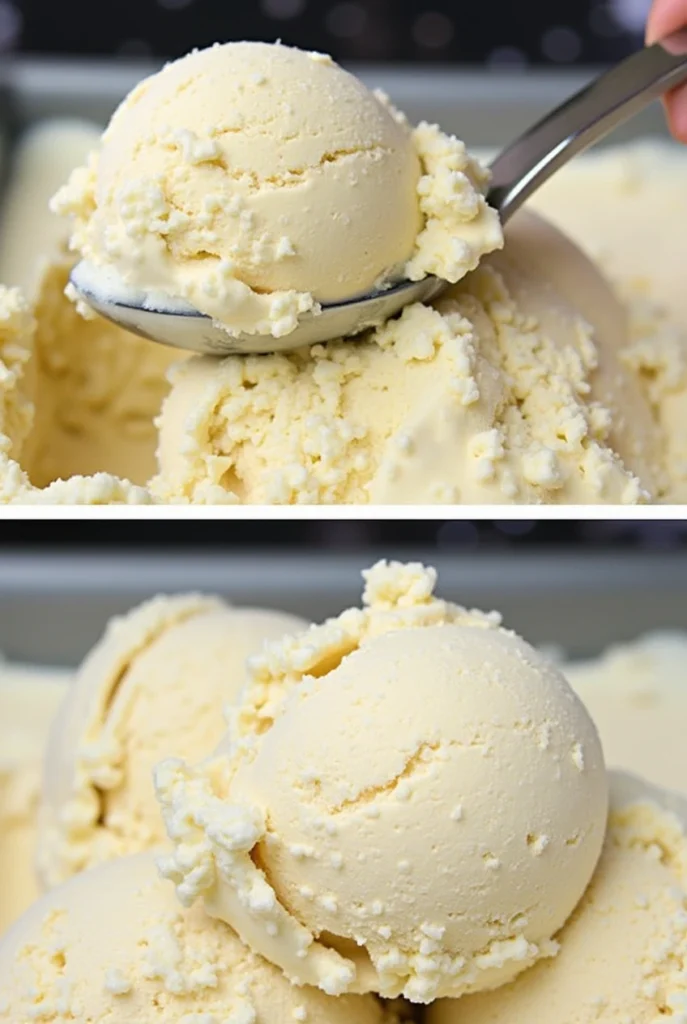
5. Mandorla e Miele (Almond and Honey)
What Makes It Special: Features local Veneto honey and toasted almonds from neighboring regions.
The combination of toasted almonds and floral honey creates a Venetian ice cream flavor that honors the agricultural bounty of Northern Italy. Venetian ice cream makers typically source specific varieties of honey from local apiaries, each with distinctive flavor notes depending on the season and flowers pollinated. The almonds are carefully toasted to enhance their natural oils before being incorporated into the cream base.
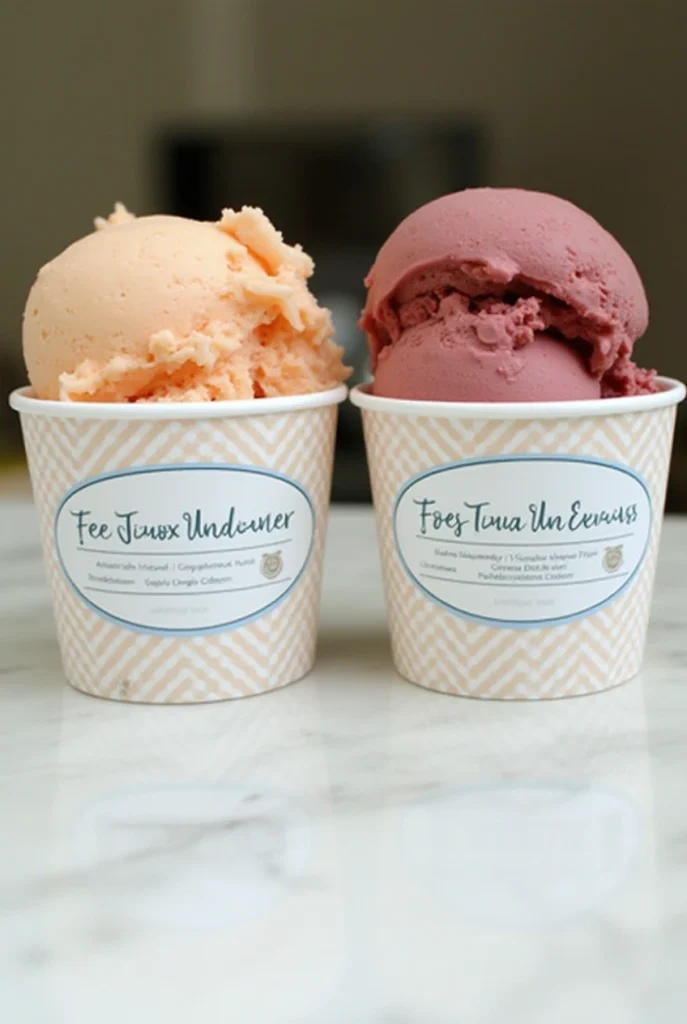
6. Fior di Latte al Basilico (Sweet Cream with Basil)
What Makes It Special: Infuses sweet cream with fresh basil for an herbaceous twist on a classic.
This flavor represents the innovative spirit of modern Venetian ice cream artisans. The pure sweet cream base (fior di latte) serves as a canvas for fresh basil, which is steeped in the warm cream mixture to release its aromatic oils. The result is a surprisingly refreshing flavor with subtle herbaceous notes that cleanse the palate while maintaining the rich creaminess characteristic of Venetian ice cream.
7. Cioccolato all’Acqua (Water-Based Chocolate)
What Makes It Special: A dairy-free chocolate variation that originated during meat and dairy fasting periods.
This unique Venetian creation dates back to the historical religious fasting periods when dairy was forbidden. Rather than using cream, this recipe utilizes water as its base, creating an intensely flavored chocolate ice cream with a sorbet-like texture. The simplicity allows the quality of the chocolate—typically sourced from specific South American cacao regions—to take center stage.
8. Zabaione (Egg and Marsala)
What Makes It Special: Recreates the traditional Italian custard in frozen form with authentic Marsala wine.
Zabaione ice cream transforms the classic Italian custard (egg yolks whisked with Marsala wine and sugar) into a luxurious frozen treat. Venetian ice cream makers typically use a higher proportion of egg yolks than other Italian regions, creating an exceptionally rich texture. The sweet Marsala wine adds complexity and a subtle alcoholic warmth that makes this flavor particularly sophisticated.
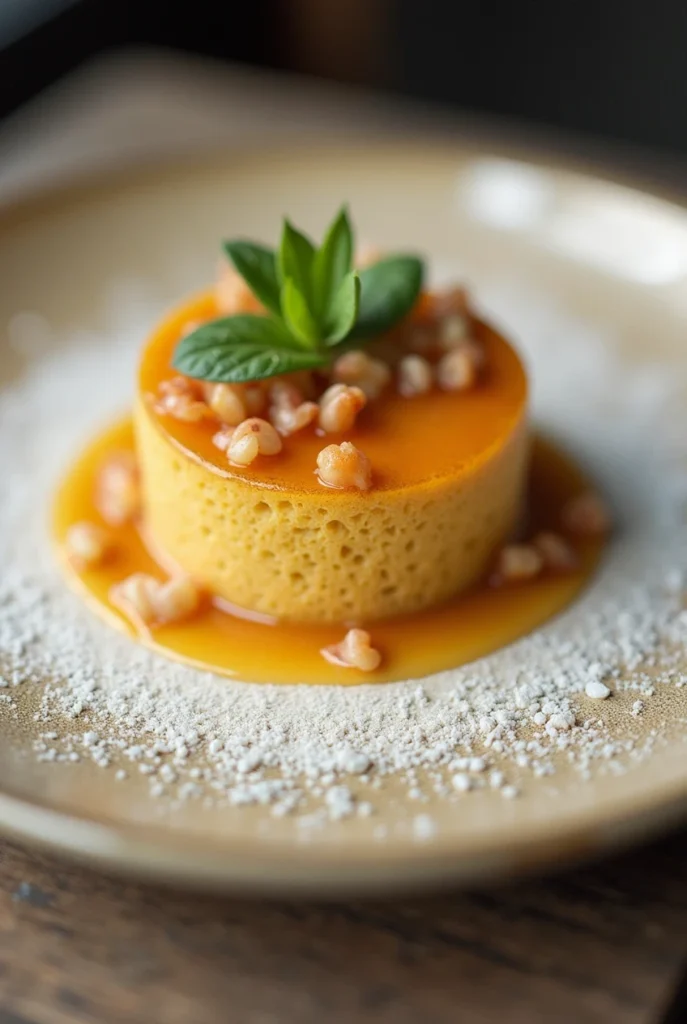
9. Malaga (Rum-Soaked Raisins)
What Makes It Special: Features raisins soaked in aged rum folded into a vanilla-forward base.
Despite its Spanish name, Malaga has become a beloved Venetian ice cream flavor. The raisins are soaked for at least 24 hours in dark rum, allowing them to plump and absorb the complex flavors. When folded into the creamy base, these rum-infused raisins create bursts of flavor that contrast wonderfully with the sweet cream. Some traditional Venetian makers enhance the base with a touch of cinnamon or orange zest.
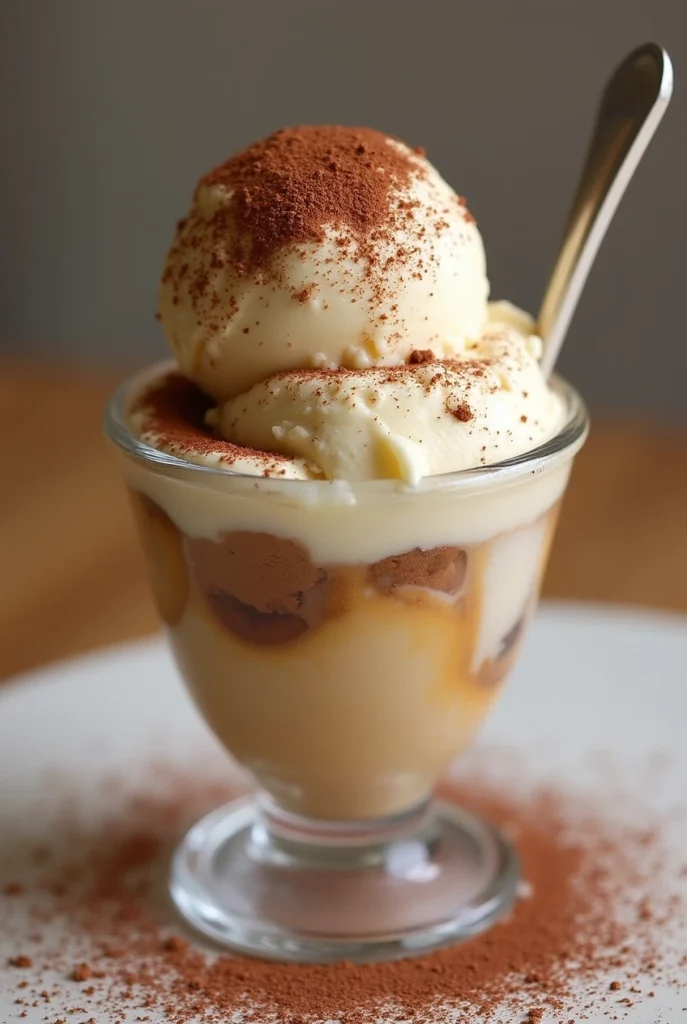
10. Limone e Basilico (Lemon and Basil)
What Makes It Special: Combines fresh-pressed lemon juice with aromatic basil in perfect balance.
This refreshing flavor pairs two ingredients abundant in Venetian cuisine. Unlike conventional lemon ice cream, the Venetian version includes lightly bruised basil leaves steeped in the base, creating an aromatic quality that elevates the bright citrus notes. The result is sophisticatedly balanced—neither too sweet nor too tart—and captures the essence of summer in the Veneto region.
Ingredients List
Traditional Venetian ice cream relies on simple, high-quality ingredients. The base typically includes:
- Fresh whole milk from grass-fed cows (preferably from the Veneto region)
- Heavy cream (at least 36% fat content)
- Farm-fresh egg yolks
- Cane sugar or local honey
- Pure vanilla bean or specific flavoring ingredients
- Natural stabilizers like carob bean gum (optional in traditional recipes)
Substitution Suggestions: If authentic Venetian ingredients aren’t available, consider these alternatives:
- Substitute ordinary pistachios with blanched, unsalted pistachios toasted lightly
- Replace wild strawberries with high-quality frozen wild strawberries or locally grown berries
- Substitute specialty honey with organic wildflower honey
- Use the highest quality dairy available in your area, preferably organic and non-homogenized
Timing
Creating authentic Venetian ice cream requires patience and precision:
- Preparation Time: 30-45 minutes (creating the base mixture)
- Aging Time: 4-24 hours (resting the base in refrigeration, a crucial step for flavor development)
- Churning Time: 20-30 minutes (depending on machine)
- Hardening Time: Minimum 4 hours (proper freezing to achieve ideal texture)
Total Time Investment: Approximately 9-30 hours from starting ingredients to servable dessert, which is about 40% longer than standard American ice cream recipes but results in significantly superior texture and flavor development.
Step-by-Step Instructions for Making Venetian Ice Cream
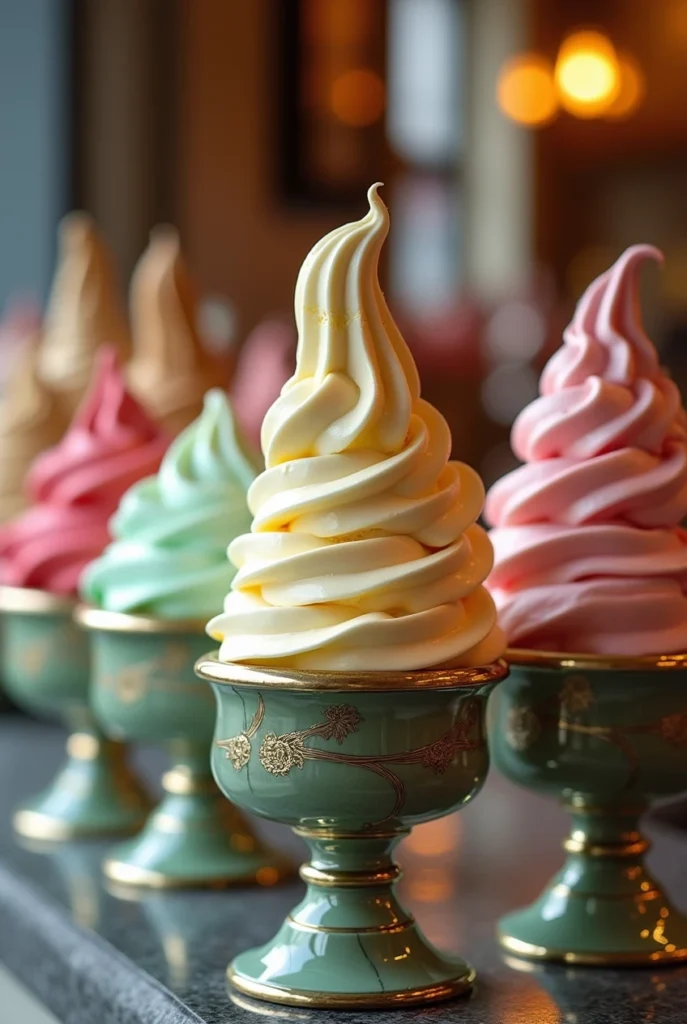
Step 1: Prepare Your Flavor Infusions
For the best Venetian ice cream experience, prepare any infusions or flavor additives before creating your base. Toast nuts, steep herbs, or soak fruits according to your chosen flavor. This preparation ensures the fullest flavor extraction and proper integration into the final product.
Step 2: Create the Custard Base
Combine milk and cream in a heavy-bottomed saucepan and heat until steaming but not boiling (approximately 170°F/77°C). Meanwhile, whisk egg yolks with sugar until pale and thickened. Gradually temper the egg mixture by slowly adding the hot cream while whisking constantly. Return the mixture to the pan and cook gently until it reaches 175°F/80°C or coats the back of a wooden spoon.
Step 3: Incorporate Flavor Elements
Add your prepared flavor elements to the hot base. For herb-infused flavors like basil, steep the leaves in the hot mixture for 20-30 minutes before straining. For nut-based flavors, blend toasted nuts into a fine paste and whisk into the base. For fruit flavors, either blend pureed fruit into the cooled base or add pieces during the final minutes of churning.
Step 4: Age the Base Properly
Strain the mixture through a fine-mesh sieve into a container, cover with plastic wrap directly touching the surface (to prevent skin formation), and refrigerate for at least 4 hours, preferably overnight. This crucial aging process allows the flavors to develop fully and the proteins to properly hydrate, resulting in a smoother texture.
Step 5: Churn at the Correct Temperature
Ensure your ice cream base and machine are properly chilled. The base should be around 40°F/4°C when it enters the machine, and the churning bowl should be thoroughly frozen (at least 24 hours in the freezer). Churn according to your machine’s instructions until the mixture resembles soft-serve consistency—usually 20-30 minutes.
Nutritional Information
Venetian ice cream is a premium indulgence, with nutritional values reflecting its high-quality ingredients:
More Dateils
| **Flavor (100g serving) | Calories | Fat (g) | Carbs (g) | Protein (g) | Sugar (g)** |
|---|
| Crema Veneziana | 270 | 18 | 22 | 4 | 20 |
| Pistacchio di Bronte | 290 | 21 | 19 | 6 | 17 |
| Fragoline di Bosco | 220 | 14 | 24 | 3 | 22 |
| Tiramisù Veneziano | 295 | 19 | 26 | 5 | 24 |
| Mandorla e Miele | 280 | 20 | 21 | 4 | 19 |
*Nutritional values are approximate and vary based on specific recipes and ingredient proportions.
Venetian ice cream typically contains 8-12% butterfat (compared to American premium ice cream at 14-18%) but often tastes richer due to the air content being only 20-30% (compared to 50% in mass-produced brands), resulting in a denser texture and more concentrated flavor.
Healthier Alternatives for Enjoying Venetian Ice Cream
While traditional Venetian ice cream is a rich indulgence, consider these modifications for a lighter experience:
- Replace full cream with half-and-half for a 30% reduction in fat content while maintaining acceptable texture
- Substitute some sugar with stevia extract (use 1/4 the amount) or monk fruit sweetener for lower glycemic impact
- Create a “light” version using 2% milk and fewer egg yolks (reducing from 6 to 3 per liter)
- For dairy-sensitive individuals, adapt the traditional Cioccolato all’Acqua recipe as a base for other flavors
- Incorporate more fruit-forward recipes that naturally require less fat and sugar
- Consider yogurt-based variations that maintain a creamy texture with reduced fat and added probiotic benefits
Remember that authentic Venetian ice cream is traditionally enjoyed in smaller portions (60-80g) than American servings, making it a reasonable treat when consumed traditionally.
Serving Suggestions
Elevate your Venetian ice cream experience with these authentic serving ideas:
- Serve Crema Veneziana with a shot of espresso poured over top (affogato style) for a sophisticated dessert
- Pair Pistacchio di Bronte with a small glass of amaretto liqueur for complementary almond notes
- Present Fragoline di Bosco in chocolate-dipped waffle cones with fresh berries
- Create a dessert trio with small scoops of Tiramisù, Zabaione, and Cioccolato for a sampling of classic Venetian flavors
- Serve Limone e Basilico as a palate cleanser between courses during a multi-course Italian dinner
- For special occasions, place a scoop of Malaga between two amaretti cookies to create elegant ice cream sandwiches
In Venice, ice cream is often served without excessive toppings to appreciate the pure flavors, though a light dusting of cocoa, crushed nuts, or fresh herbs may be added as a visual and flavor accent.
Common Mistakes to Avoid
When making or enjoying Venetian ice cream, be aware of these common pitfalls:
- Overheating the custard base (above 180°F/82°C) can cause curdling and eggy flavors
- Under-aging the base (less than 4 hours), resulting in inferior texture and flavor development
- Using artificial flavorings rather than natural ingredients compromises the authentic experience
- Adding too many mix-ins can overwhelm the delicate base flavors
- Serving at too cold a temperature (below 8°F/-13°C), which numbs taste buds and diminishes flavor perception
- Storing with competing aromas, as ice cream readily absorbs odors from the freezer environment
Research indicates that Venetian ice cream consumption peaks approximately 15 minutes after reaching 10-12°F (-12 to -11°C), the ideal temperature for maximum flavor perception while maintaining proper structure.
Storing Tips for Venetian Ice Cream
To maintain the exceptional quality of Venetian ice cream:
- Store in a dedicated container with a tight-fitting lid to prevent freezer burn
- Maintain constant temperature of 0°F to 5°F (-18°C to -15°C) for optimal preservation
- Place a piece of parchment paper or plastic wrap directly on the surface before replacing the lid to prevent ice crystal formation
- Keep away from foods with strong aromas as ice cream readily absorbs environmental odors
- Consume within 2 weeks for the best flavor and texture experience
- When serving, remove from freezer 10-15 minutes before scooping to allow it to soften to optimal serving temperature
- Use a warm ice cream scoop (dipped in hot water and dried) for a beautiful presentation without damaging the texture
Properly stored, homemade Venetian ice cream will maintain its premium quality for up to 2 weeks, though the texture and flavor are best when consumed within 5-7 days of production.
Conclusion
Venetian ice cream represents the perfect marriage of historical tradition and culinary artistry, using superior ingredients and time-honored techniques to create frozen desserts of exceptional quality. From the classic Crema Veneziana to innovative herb-infused creations, these ten flavors showcase why Venetian ice cream deserves recognition among the world’s finest frozen treats. The patience required to create authentic Venetian formulations rewards with unparalleled texture and flavor complexity.
Ready to experience these remarkable flavors? Try making your Venetian ice cream at home, or seek out authentic Italian gelateries that honor these traditional methods. Share your favorite flavor discoveries in the comments below, or subscribe to our newsletter for more explorations of regional Italian specialties!
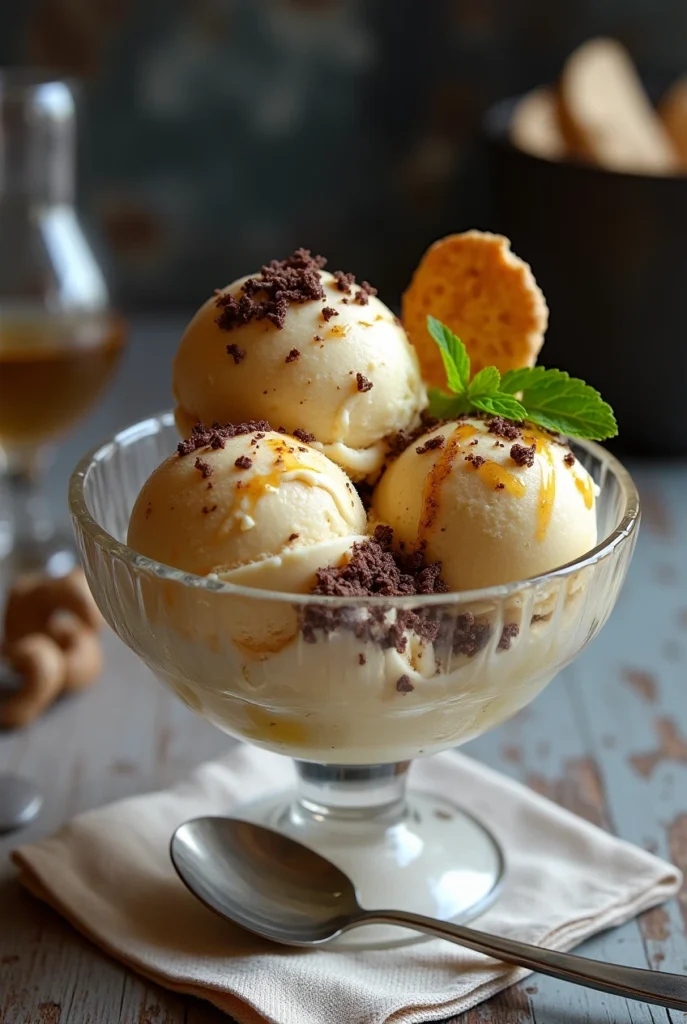
FAQs
What makes Venetian ice cream different from regular gelato?
While both are Italian frozen desserts, Venetian ice cream typically contains slightly more butterfat (8-12%) than gelato from other regions (6-9%). Venetian versions also feature distinctive regional ingredients and often incorporate more egg yolks in the base, creating a richer mouthfeel while maintaining the dense texture gelato is known for.
Can I make authentic Venetian ice cream without an ice cream machine?
Yes, though it requires more effort. After creating and chilling your base, place it in a metal container in the freezer. Every 30 minutes for approximately 4 hours, vigorously stir or whisk the mixture to break up ice crystals. The result won’t have the exact texture of machine-churned ice cream but will still capture the authentic flavors.
Where can I find authentic ingredients for Venetian ice cream?
Specialty Italian food importers, high-end grocery stores, and online retailers specializing in Italian ingredients offer many of the authentic components. For the most specialized items like Bronte pistachios or Fragoline di Bosco, dedicated Italian food import websites are your best resource.
Is Venetian ice cream safe to eat if I’m pregnant?
Traditional Venetian ice cream contains raw egg yolks that are only partially cooked. For pregnancy safety, either use pasteurized egg products or heat your custard base to 175°F (80°C) and maintain that temperature for at least 15 seconds to ensure food safety while preserving texture.
How long does homemade Venetian ice cream last?
When properly stored in an airtight container with plastic wrap pressed against the surface, homemade Venetian ice cream maintains optimal quality for 1-2 weeks. Beyond this timeframe, texture degradation and flavor diminishment occur, though it remains safe to consume for up to a month.
Can Venetian ice cream be made dairy-free?
Yes, the traditional Cioccolato all’Acqua (water-based chocolate) is naturally dairy-free. For other flavors, coconut cream can substitute for dairy cream, though the texture and flavor will be somewhat different from traditional versions. Nut-based milks like almonds or cashews can also create satisfactory alternatives.
What is the best way to experience all these Venetian flavors?
Consider creating a “degustation” (tasting) with small portions of 3-4 different flavors served together. This approach, common in Venetian gelateria, allows you to compare and contrast different flavor profiles. Serve in small cups rather than cones to fully appreciate each distinct variety.
We’d love to hear about your experiences making or tasting authentic Venetian ice cream! Share your favorite flavors or questions in the comments section below, or subscribe to our newsletter for more articles exploring Italy’s regional culinary treasures!
Did You Try Our Recipe?
There are no reviews yet. Be the first one to write one.

